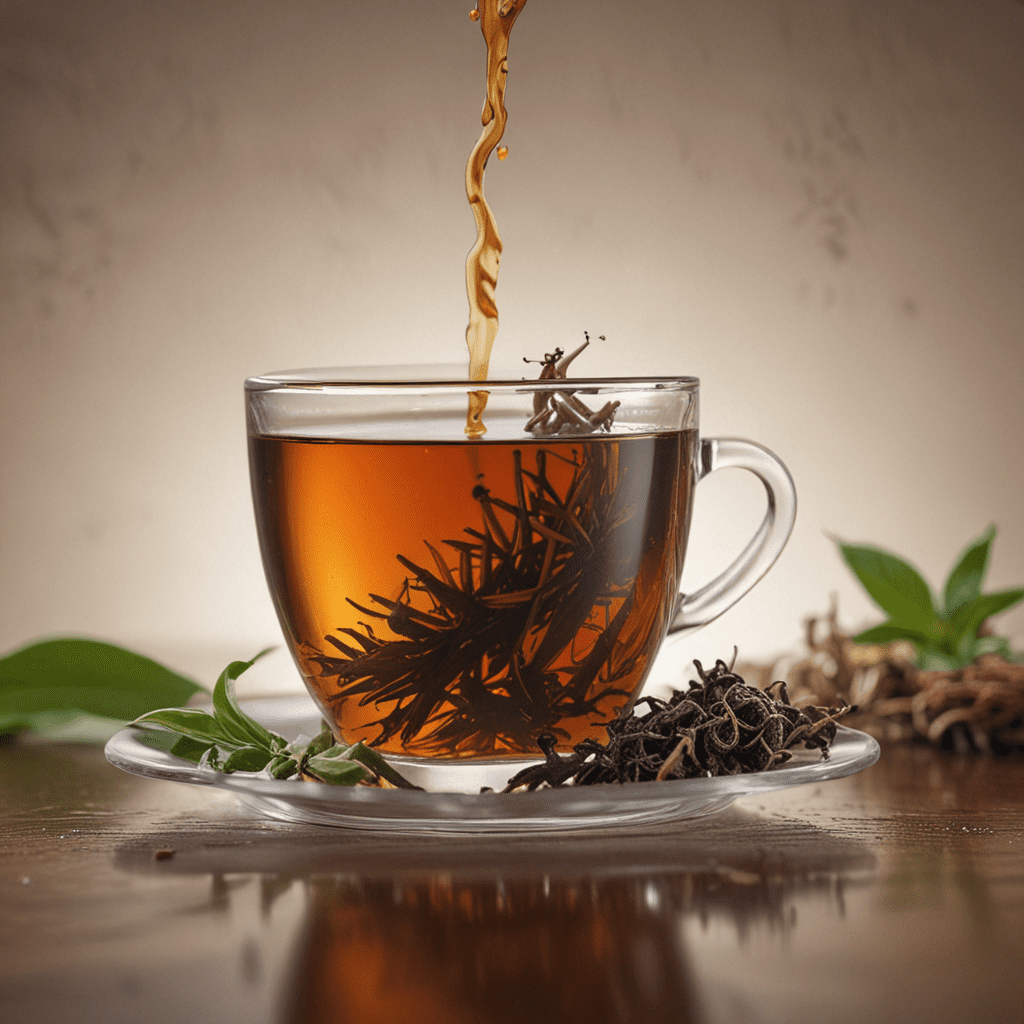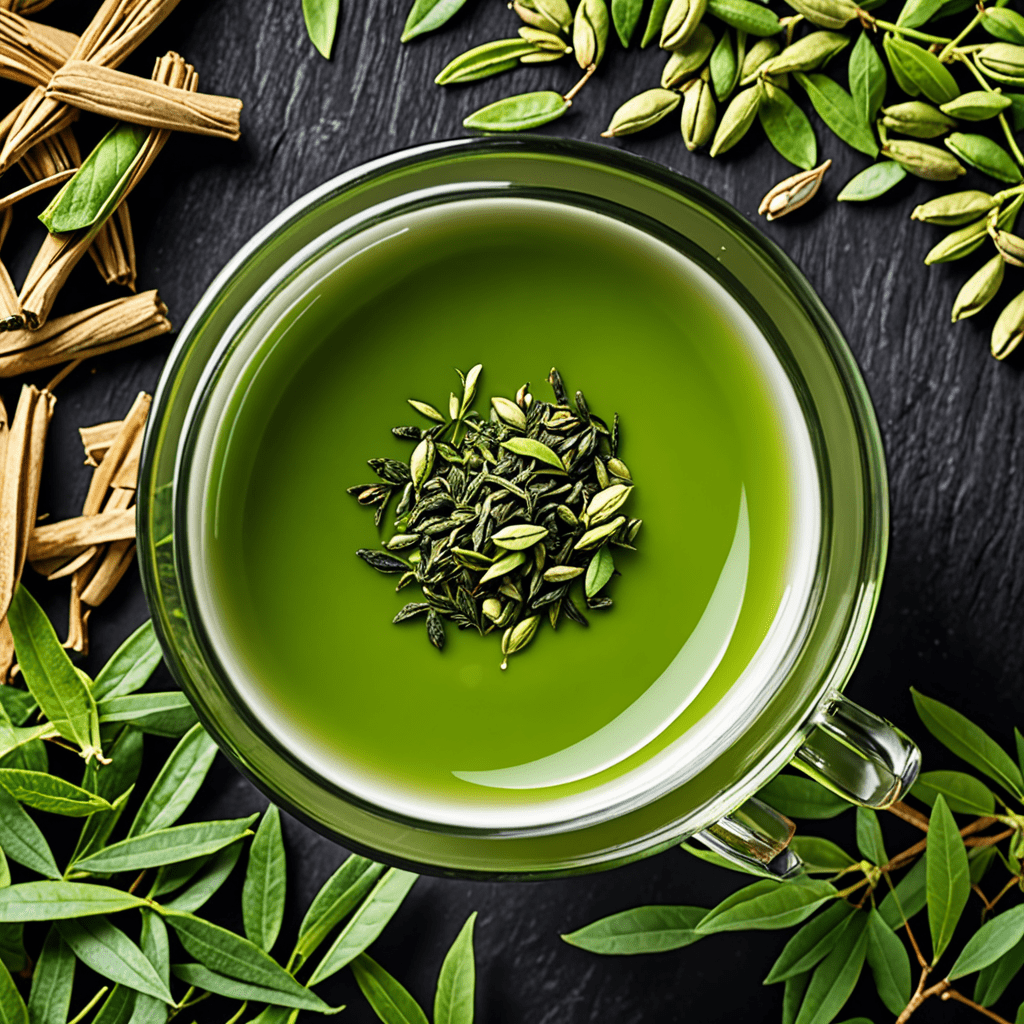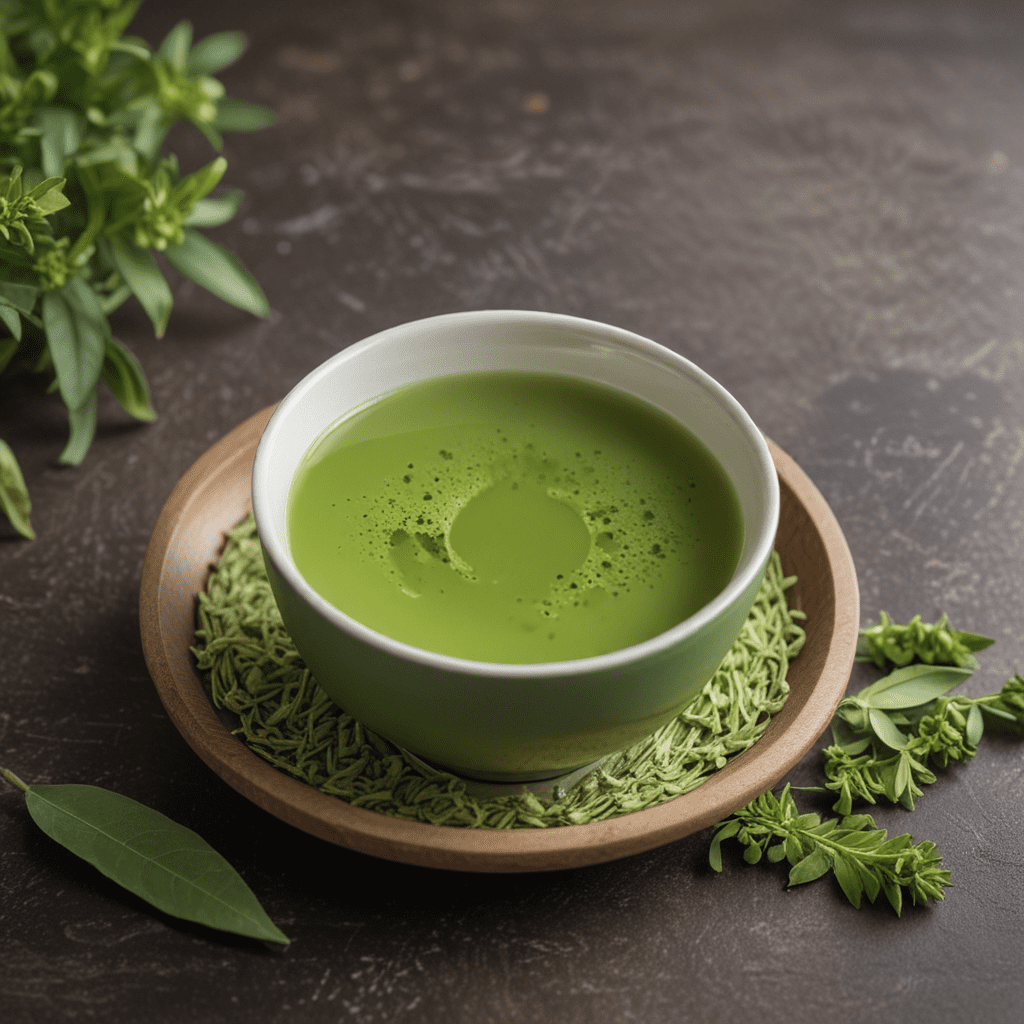
Origins and History of Assam Tea
Assam tea, renowned for its robust flavor and malty character, traces its origins to the lush Brahmaputra Valley in northeastern India. Its historical roots date back to the 19th century when British tea planters discovered wild tea plants thriving in the region's favorable climate. Recognizing its commercial potential, they began cultivating and processing Assam tea, quickly establishing its reputation as a premium variety.
Geographical Conditions: The Brahmaputra Valley
The Brahmaputra Valley provides an ideal environment for Assam tea cultivation, with its rich alluvial soil, abundant rainfall, and subtropical climate. The mighty Brahmaputra River, meandering through the valley, creates a unique microclimate characterized by high humidity and warm temperatures, essential for the growth of robust tea bushes. The valley's extensive floodplains, replenished by the annual monsoon rains, further contribute to the soil's fertility, providing optimal conditions for the production of high-quality tea leaves.
Unique Characteristics of Assam Tea
Assam tea is distinguished by its distinctive flavor profile, characterized by a rich malty taste and a full-bodied, robust aroma. Its deep amber color reflects its high polyphenol content, a natural antioxidant that contributes to its health benefits. Assam tea is also known for its astringent nature, which lends a bracing and refreshing quality to the brew. These unique characteristics make Assam tea a popular choice among tea enthusiasts worldwide.
Cultivation and Harvesting Practices
Assam tea is cultivated in vast plantations, where skilled tea pluckers meticulously handpick the tender new leaves. The plucking season typically spans from March to November, with the first flush (harvest) yielding the most prized and flavorful leaves. To ensure sustainable cultivation, tea plantations in Assam implement various eco-friendly practices, such as organic farming and biodiversity conservation.
Manufacturing Process: Orthodox and CTC Methods
Assam tea is processed using either the traditional orthodox method or the more modern CTC (crush, tear, curl) method. The orthodox method involves withering, rolling, and oxidizing the tea leaves to develop their characteristic flavor and aroma. The CTC method, on the other hand, involves mechanically crushing, tearing, and curling the leaves, resulting in a more uniform and robust brew. Both methods produce distinct types of Assam tea, catering to different taste preferences.
Varieties of Assam Tea
Assam tea encompasses a diverse range of varieties, each showcasing unique flavor profiles and characteristics. Some notable types include:
- Assam Orthodox Black Tea: Processed using the traditional orthodox method, this variety exhibits a rich, full-bodied flavor with malty notes and a deep amber color.
- Assam CTC Black Tea: Produced using the CTC method, this tea offers a more robust and brisk brew with a pronounced astringency and a dark, coppery liquor.
- Assam Green Tea: Unlike its black tea counterparts, Assam green tea undergoes minimal oxidation, resulting in a lighter, grassy flavor and a pale green liquor.
- Assam White Tea: The least processed of all Assam tea varieties, white tea consists of young, unopened tea buds that are withered and dried. It yields a delicate, floral brew with a pale, almost transparent liquor.
Brewing Methods and Optimal Conditions
To fully appreciate the distinct flavors of Assam tea, proper brewing techniques are crucial. The optimal conditions for brewing Assam tea include:
- Tea leaves: Use 2-3 grams of loose tea leaves per cup of water.
- Water temperature: Brew Assam tea using freshly boiled water at a temperature of around 90-95°C (195-205°F).
- Steeping time: Steep the tea leaves for 3-5 minutes, depending on the desired strength.
- Milk and sugar: Assam tea can be enjoyed black or with the addition of milk and sugar to suit individual preferences.
Health Benefits and Medicinal Properties
Beyond its captivating flavor, Assam tea is also renowned for its potential health benefits:
- Antioxidant properties: The high polyphenol content in Assam tea acts as a potent antioxidant, protecting cells from damage caused by free radicals.
- Improved cardiovascular health: Assam tea may contribute to lower cholesterol levels and improved heart health.
- Boosted cognitive function: The caffeine in Assam tea can enhance alertness, focus, and memory.
- Reduced inflammation: Anti-inflammatory compounds in Assam tea may help alleviate symptoms associated with conditions like arthritis and asthma.
Economic Importance and Cultural Significance
Assam tea plays a vital role in the regional economy and cultural heritage of India. The industry provides employment to millions of people and contributes significantly to the country's GDP. Assam tea is also deeply ingrained in the cultural fabric of the region, featuring in traditional ceremonies and festivals.
Future Prospects and Sustainability
The future of Assam tea looks promising, with increasing global demand and growing awareness of its unique qualities. However, sustainable practices are essential to ensure the long-term viability of the industry. This includes adopting organic farming methods, preserving biodiversity, and implementing fair trade practices to support tea workers.
FAQs
What is the best way to store Assam tea? Store Assam tea in an airtight container in a cool, dry place away from direct sunlight.
How long does Assam tea last? Properly stored Assam tea can retain its flavor and aroma for up to 12 months.
Can Assam tea be re-steeped? Yes, Assam tea can be re-steeped 2-3 times, although the flavor may become weaker with each subsequent steep.


